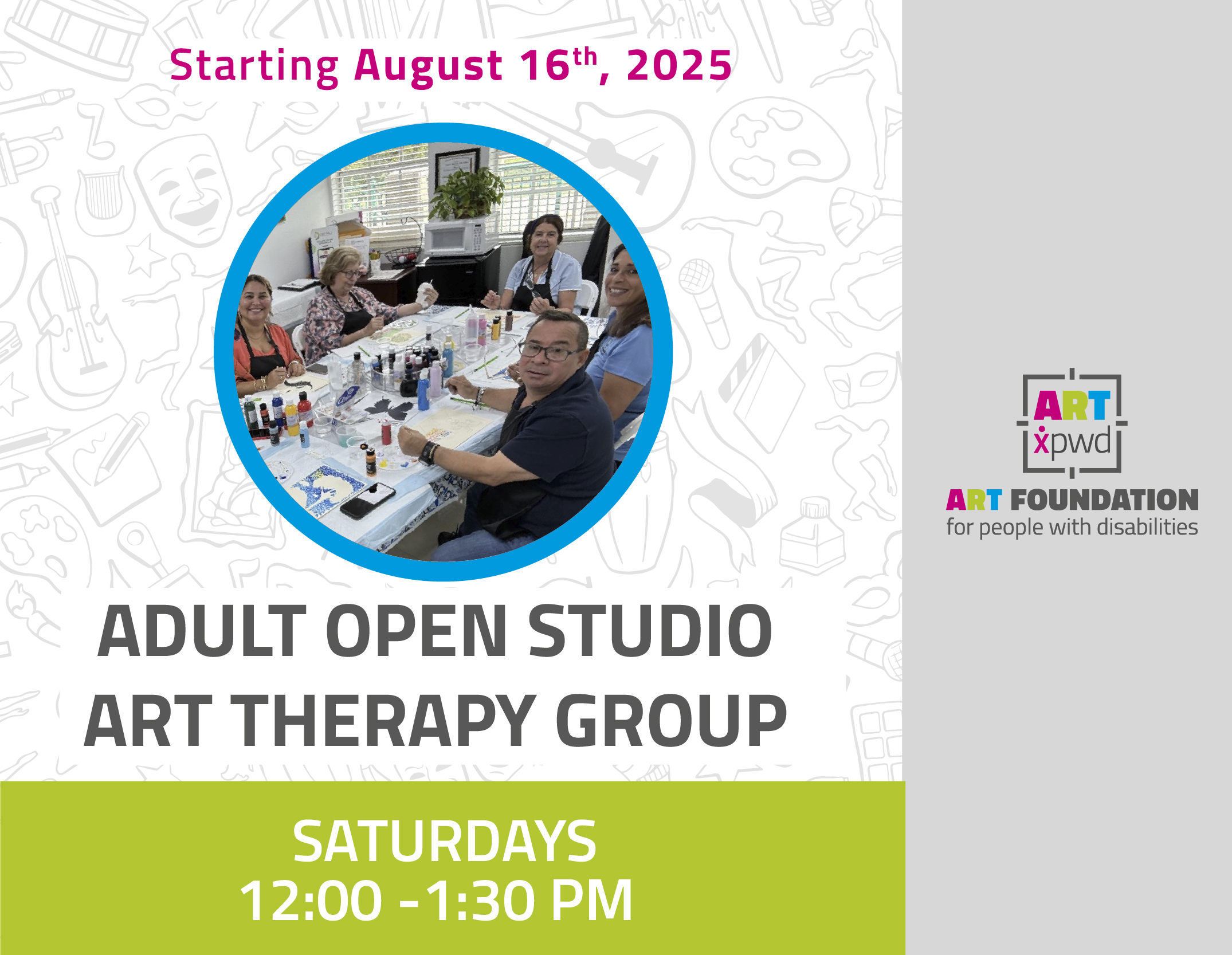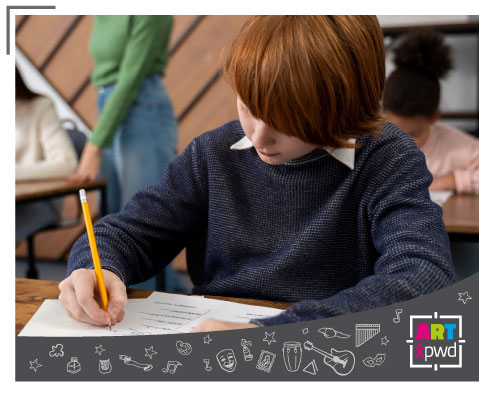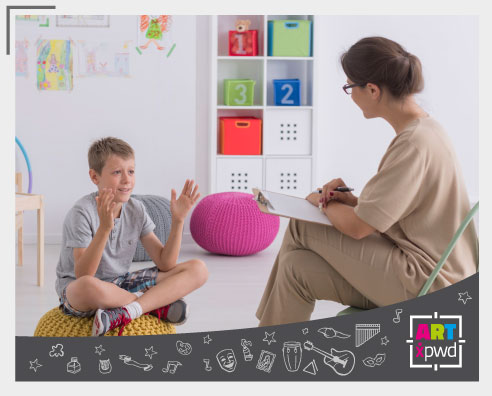The Contribution of Psychology to Child Development

Adult Open Studio Art Therapy Group
February 3, 2025
How to Fight for Your Child’s IEP: A Guide from Someone Who’s Been There
February 24, 2025
 The Role of Environment in Skill Development
The Role of Environment in Skill Development
Research in psychology, particularly in the field of Applied Behavior Analysis (ABA), has extensively demonstrated the beneficial influence of the environment on children’s skill development.
Environmental stimuli play a crucial role, and in response, various psychological perspectives have proposed different intervention approaches for childhood issues, such as developmental disorders and intellectual disabilities.
Behavioral Psychology and Intervention Techniques
One of the most significant contributions comes from behavioral psychology, which is based on classical and operant conditioning techniques. These techniques have been widely implemented in parent and teacher training, helping them learn how to counteract atypical developmental trajectories caused by certain pathological processes.
Behavioral therapy methods such as shaping, chaining, token economies, and time-out have been predominant techniques in intervention processes for individuals with disabilities.
The Impact of Arts Education on Child Development
This type of intervention has been further enriched by art education programs, which emphasize teaching and creativity. These programs have sparked significant interest among professionals working with children with disabilities.
Since November 1999, UNESCO has supported the promotion of artistic activities in schools. This initiative seeks not only to encourage artistic practice in both formal and informal settings but also to improve overall education quality by recognizing the role of the arts in schools.
According to UNESCO, arts education fosters child development from five key perspectives:
- Aesthetic Development
- Socioemotional Growth
- Sociocultural Awareness
- Cognitive Advancement
- Motor Skill Enhancement
How Artistic Activities Support Learning and Social Skills
Various studies have shown that artistic activities—such as theater and dance—enhance art appreciation while also fostering interpersonal skills. These activities improve listening, speaking, reading, and writing abilities, while also promoting:
- Better student behavior
- Increased motivation for reading
- Greater emotional maturity
Successful Arts Education Programs
Several programs have demonstrated the benefits of arts education, including:
- The Wolf Trap Institute (Washington, D.C.)
- Harvard Project Zero (2001)
These initiatives provide music, movement, and theater courses for preschool-aged children from low-income backgrounds. Research has shown that children who participate in these programs exhibit:
- Higher levels of interest and attention in class
- Better social integration
- More peer interactions
The Need for Structured, Evidence-Based Intervention
It is increasingly clear that arts education is gaining recognition, yet it still struggles to secure a permanent place within official education curricula—especially in developing countries.
To achieve this goal, it is essential to structure intervention strategies through theoretically grounded programs. These programs should integrate both artistic activities and psycho-pedagogical intervention methods.
By combining the benefits of the arts with the expertise of professionals in behavioral intervention techniques like ABA, we can develop clear and effective strategies to enhance the education and development of individuals with developmental disorders and cognitive disabilities.